|
|
|
While I was home for a visit last summer, my mother commented that we ought to do some organizing. That was all the invitation I needed! She suggested we tackle her kitchen cabinets, and I dove right in, literally - head first. Her kitchen cabinets do not extend all the way to the ceiling, and she uses the space on top of the cabinets for display (at least she used to). That's where we began. I climbed on top of the counter and started pulling things down for her to examine. To my surprise, she voted to get rid of pretty much every item I handed her. Next we went to work on the upper cabinets, starting with the cabinet above the refrigerator. Again, the entirety of the contents were placed in the donation pile. I was amazed and impressed. As we worked, we talked about the items, many of which had originally belonged to my grandmother. Mom confessed that when she first moved into her current home, she wasn't ready to let grandma go, so she just held onto all of grandma's things, even though she had no real use for many of them. It was then that I introduced her to Marie Kondo. Not literally, of course. I just shared with her Marie's famous question from her book The Life-Changing Magic of Tidying Up (affiliate link) - "Does it spark joy?" The concept really struck a cord with my mom. Over the next few days we decluttered her entire kitchen, her pantry, and her utility closet. As I held things up for her to examine, she frequently responded with, "Nope. That doesn't spark joy." I have to admit, her enthusiasm for the principle sparked a lot of joy for me, and we made some fond decluttering memories together. We also made three trips to Goodwill! Check out these pictures of some of the stuff we donated. Following My Own AdviceUpon returning home, I found myself hyper-aware of items in my own home that hadn't sparked joy for me or anyone else in a long time. Before I knew it, I had a decent sized pile of donations prepared. Since then, I've made numerous trips to the thrift store to drop off a bag or two of stuff that no longer serves a useful purpose in our home. In the process, I've discovered something that consistently sparks joy for me - letting go. My mom's enthusiasm for eliminating the non-joy producing things in her life has remained constant since our declutter marathon last year. She shared her appreciation of the concept with my nephew who gave her the above mug for Christmas last year. Needless-to-say, it sparks joy for her. I admit I'm not the biggest Marie Kondo fan out there, but I do love this simple question that she introduced to the world: "Does it spark joy?"
Associated with the question is a principle of organization that, when embraced, can remove much of the guilt, fear, and other concerns that are often felt by people struggling to let go of things that no longer add value to their lives. Personally, I find it liberating to let go of things that no longer spark joy in my life. It helps me appreciate better the things that do. If you're having trouble letting go of things that are bogging you down, try asking yourself, "Does it spark joy?"
18 Comments
Equilibrium can be defined as "a state in which opposing forces or influences are balanced." Clutter equilibrium is an idea I stumbled upon while talking with my husband about the concept of maintaining order once a space has been decluttered. Think of clutter equilibrium as the balance between an orderly space and incoming clutter. I've written a lot about how to declutter, but it's also important to think about maintaining a clutter-free (or significantly clutter reduced) environment. That is the key to long-term success. So here are a few simple ideas for maintaining a healthy balance between clutter and...clarity. Stop Clutter Before It EntersEvery day we're bombarded with potential clutter: free samples, junk mail, brochures, fliers, invitations, catalogs, kids' paperwork (to include artwork), etc., etc. etc. Sometimes it is thrust upon us, and sometimes we invite it in, either consciously or unconsciously. Unconscious clutter includes the many seemingly innocuous bits of paper listed above. We pick up a brochure or flier because we're interested in whatever it's advertising. We receive an invitation in the mail Our kids bring home an information sheet about an upcoming school or sports activity. These things are all innocent enough...until they start to pile up. Conscious clutter is the stuff we choose to bring into our homes to stay - the new DVD or book or board game to add to our collection, the new kitchen gadget, the six bottles of our favorite shampoo that we found on sale. All of these things are perfectly normal and acceptable. We need access to information. We're going to get new stuff. But if all we ever do is bring stuff in without thought, our clutter equilibrium will quickly become a clutter imbalance. Here are some suggestions for stopping clutter before it enters:
Establish and Maintain Systems for DeclutteringSometimes clutter results from things being out of place or not having a place. You can solve these types of clutter problems by setting up and maintaining systems to keep things organized. A system is simply a way of doing things. I've written about the process of developing simple systems here. We've all heard Benjamin Franklin's famous saying "a place for everything, and everything in its place." It's a simple, yet profound solution for preventing clutter. It's also an example of this concept. Having a designated place to puts things constitutes a basic system. Almost everyone struggles with paper clutter in one form or another. While there are ways to limit the amount of paper that comes into or stays in our homes, there are also many papers that we want to hang onto for reference purposes. I've developed a simple three binder system for organizing paperwork. You can read more about it here. Develop a Decluttering MindsetOne of the best ways to maintain a healthy clutter equilibrium is to develop a decluttering mindset. Make decluttering a habit, something that comes naturally to you. Here are some examples of what it means to have a decluttering mindset:
Clear a space for collecting items you wish to donate in your garage or mud room or some other out of the way space. Once a quarter (or whenever the space is full) gather up the items and take them to the thrift store. People often talk about the need for maintaining balance in their lives. It's something we're all striving for. Clutter is one way in which a person's life can become out of balance. Decluttering is just half the battle when it comes to righting the situation. These simple suggestions can help you maintain your clutter equilibrium long-term. Clutter blindness is a condition that is all too common. Simply stated, it is the inability to see clutter and/or recognize it for what it is. When you're clutter blind, your life is often negatively impacted in some way as a result of clutter. Here is an example. A year or so ago I was helping a lady who was preparing to move to a much smaller home. She had recently lost her husband to a lengthy battle with cancer, she was basically being forced from her current home, and she was understandably feeling overwhelmed and adrift. During the two years that she served as her husband's caregiver, more and more of their home was gradually overrun with medical supplies, to include a large hospital bed which took up a significant portion of their dining room. As the medical supplies moved in, other things were forced to give up their space. There were piles of stuff literally everywhere. For many, many months she had simply been moving stuff aside and shifting things around because she lacked the physical and mental energy to deal with organizing and decluttering. I spent a morning helping her move empty boxes from the middle of her living room to the back bedroom (which was mostly empty). As we moved the boxes to their new location, we sorted and stacked them according to size so that she could easily identify what she had and find the perfect size box for her needs. We did little more than move boxes and consolidate a few storage containers on that particular occasion, but when we were finished, she exclaimed, "Wow! This place is clutter-free now!" Her statement surprised me. The room was obviously not clutter free. Every surface of the room was cluttered. Only the floor had been partially cleared. It was impossible to sit anywhere on the rather expansive sectional sofa without moving something out of the way. The same was true of every other piece of furniture in the room. What I came to realize later was that she quite literally could not see the clutter. To her it had become a part of the landscape of the room. It belonged there, in a sense. She was so used to it, that it no longer registered as clutter to her brain. This is what it means to be clutter blind. Because of the gradual way in which this "condition" develops, it can be difficult to "diagnose" it, particularly in oneself. Following are a list of "symptoms". Symptoms of Clutter Blindness
Curing Clutter BlindnessLike any chronic condition, clutter blindness takes time and effort to cure. There is no miracle pill or magic solution, but a shift in mindset accompanied by a series of intentional steps can cure a person of this habitual plight. As is the case in overcoming any persistent medical issue, consistency in following the prescribed treatment is essential to ensuring long term success. The solution outlined here will be most effective if followed in the recommended order.
If you are suffering from clutter blindness, you need help. You need someone who can see clearly what you are unable to see. You need someone who will offer support, encouragement, and accountability. You can turn to a family member or friend for assistance, but I strongly recommend seeking the services of a professional organizer in this case. Here's why:
If you live in the greater Kansas City area (Kansas or Missouri), contact me. I would love to help you! If you live elsewhere in the United States, you can start by doing a simple internet search, but I recommend going through the National Association of Productivity & Organizing Professionals (NAPO). To be featured on their site, professionals have to become certified, so you know they meet a certain standard and have a guaranteed degree of knowledge and experience. This is not true for sites like Home Advisor, Find My Organizer, and others. Just click on the Find a Pro tab to obtain a list of organizers near you. Another great resource for locating professionals is The Institute for Challenging Disorganization.
It's one thing to recognize you have a problem. It's even better to acknowledge that you need help, but until you are mentally committed to making changes in your home and your habits, you are wasting your time. That may sound a bit harsh, but it's true. Real, lasting success is dependent upon unwavering, lasting commitment. Overcoming clutter blindness isn't something you can wish away or fix with minimal effort. The effort involved here is akin to losing a significant amount of weight or getting in shape for a significant athletic competition. The half-hearted approach will not succeed. If you are truly committed, there are a few things you can do to ensure your success. MAKE A PLAN: They say that a goal is just a wish unless you write it down. I would add that a goal cannot become a reality without a plan. The goal is what you ultimately hope to achieve. The plan is your path to get there. Your plan should include the process you intend to implement. Consider the following:
UNDERSTAND THE PROCESS: Almost everyone recognizes a need to get organized, but most people don't really understand what that entails. Organization is a process. It starts with a vision for the space, whether it's a desk drawer, a closet, a room, or an entire home. To have success you must first define success. Otherwise, how will you know when you have achieved it? The next step in the process is to dismantle. In the case of an entire house, this means working in small sections. If you are clutter blind, it will most likely mean tackling one pile or clearing one surface at a time. As you break down the stacks of stuff, you should be focused on decluttering and downsizing. Identify the things you no longer need and set them aside for disposal. The things you intend to keep will then be sorted and organized. The final step is to maintain your newly organized space. This will require the development of systems or habits that will help you keep things functioning smoothly and prevent the accumulation of clutter. This is a lot to remember, so here are some resources to help you wrap your head around the process.
This quote from the Chinese philosopher Confucius is applicable when it comes to overcoming clutter blindness. When dealing with clutter people often feel overwhelmed and don't know where to start. The truth is, it doesn't matter where you start, only that you do. Pick a pile and go to work. When you finish with the first pile, move onto another, and just keep moving forward. Don't berate yourself if your pace is slow. Just keep plugging along. So long as you're progressing, you're succeeding.
Decluttering can be physically, mentally, and emotionally draining. It's tempting to cut corners or to set things aside to be dealt with at some future date. Resist the temptation. If you need to take a break and come back to something, that's great, but come back to it. Pick up where you left off after each session and don't abandon a particular aspect of the project until it's complete.
A system is just a method of doing things. When it comes to staying organized, it's useful to design systems that help you to maintain an organized space. I've outlined a simple procedure for designing systems. I call it the Three P's. You can read more about it here.
Labels are a great way to maintain organization once it's been established. Labels make it clear to everyone what goes where. They make it easy to find what you're looking for and easy to put things away. They also serve as a reminder that stuff has a designated space which can be important if you're used to piling things up instead of putting them away.
The concept of "resetting the room" comes from an IT developer named Oswald Nuckols, but I learned about it in James Clear's book Atomic Habits (affiliate link). It's something I've always done, but I had never put a name to it. The basic notion is to place things back where they belong before leaving a room so that when you return it's ready to be used for its intended purpose. One example provided by Mr. Nuckols is putting away the television remote, rearranging the sofa pillows, and folding the blanket after watching TV. These simple actions take seconds, but they make a big difference. The condition in which you leave a room impacts your mindset whether you realize it or not. For instance, some people will argue that it makes no sense to make the bed if you are just going to get back in it at the end of the day. What they don't recognize is that an unmade bed sends a visual signal that communicates a powerful message: it's OK to be messy. Whereas, a made bed makes you feel accomplished the moment your day has begun and conveys a sense of responsibility for and control over your space that extends beyond the bed to the room and even the entire house. If you can develop the habit of resetting the room after each use, maintaining order will become natural and habitual. Final ThoughtsYou won't find clutter blindness listed in The Diagnostic and Statistical Manual of Mental Disorders (DSM), but that does not make it less real. As an organizer I have encountered it on many occasions. It's something to take seriously. If you have any or all of the symptoms I've identified here, please know that there is a solution (or cure). You do not have to be a slave of your stuff. You can gain the upper hand and feel comfortable and at peace in your space. I hope you've found this information useful. If you know someone else who might benefit from the ideas expressed here, please share this post with them. I hope you will also feel comfortable sharing your thoughts on this rather personal and sometimes painful situation with me and my readers. I invite you to do so in the comments section below. |
Archives
November 2022
Categories
All
|
Proudly powered by Weebly
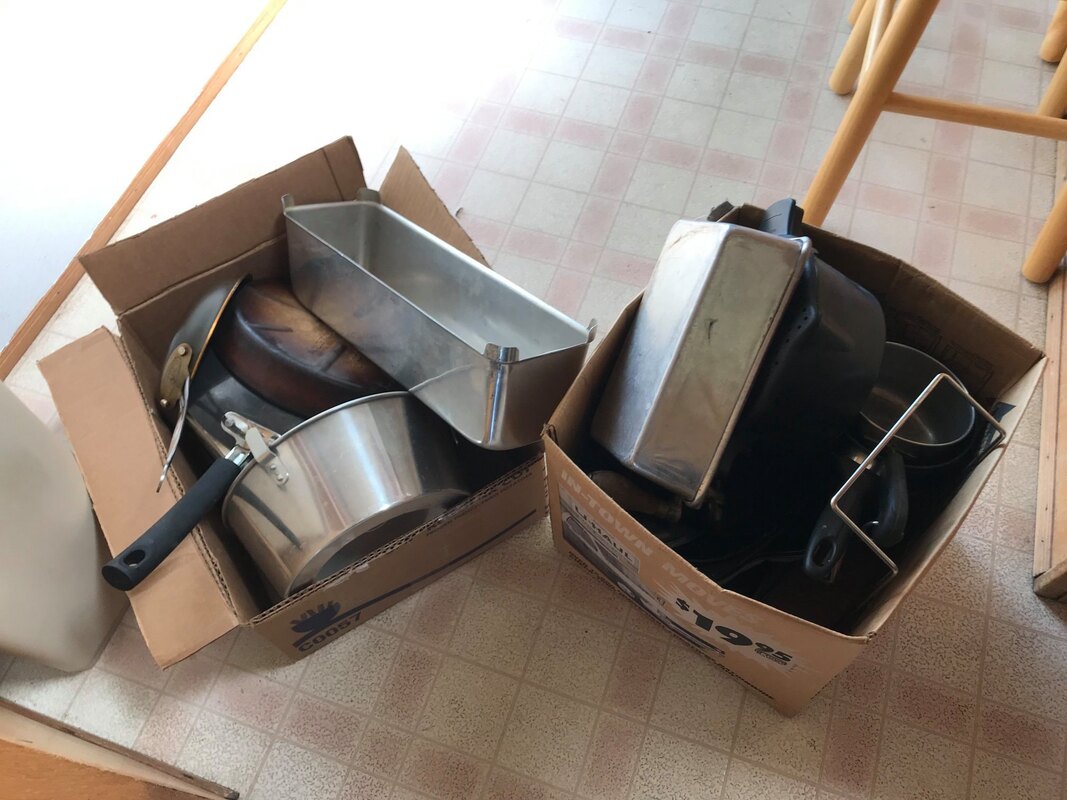

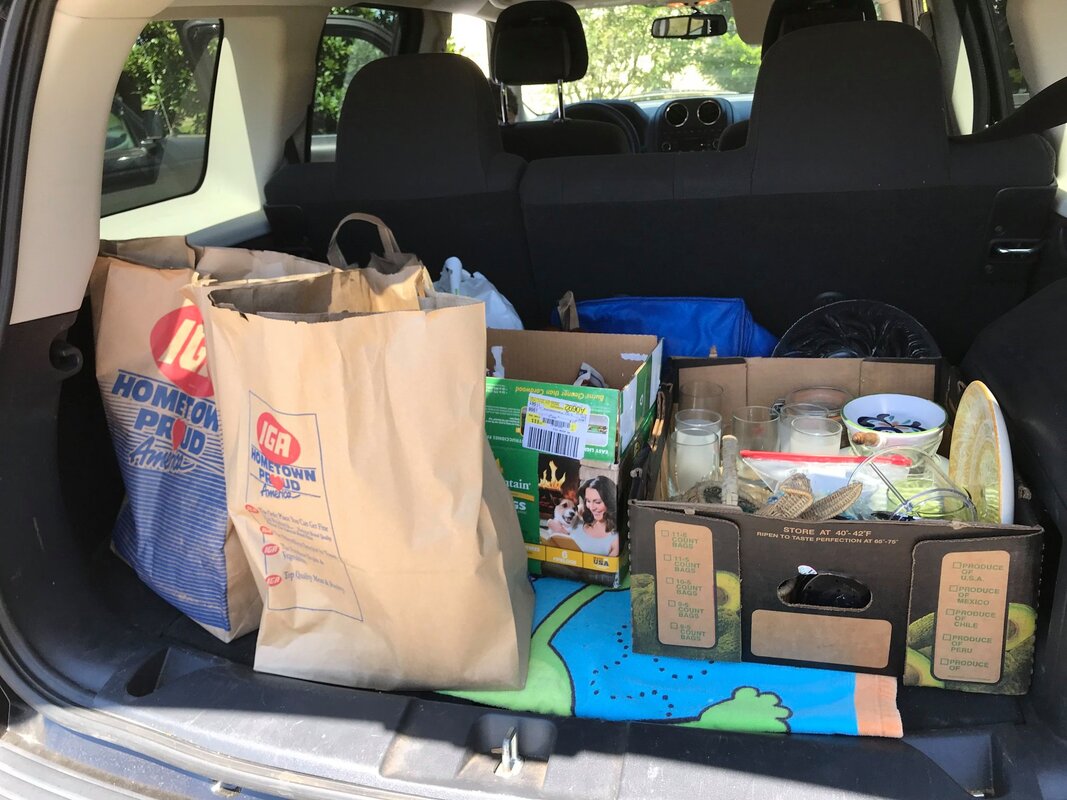
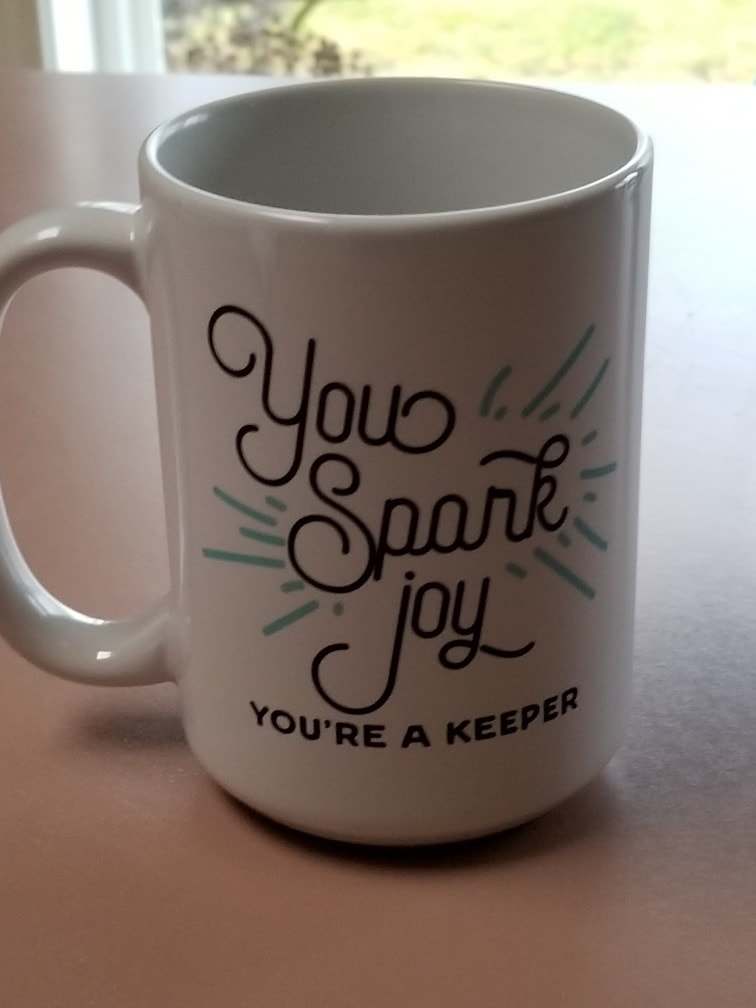

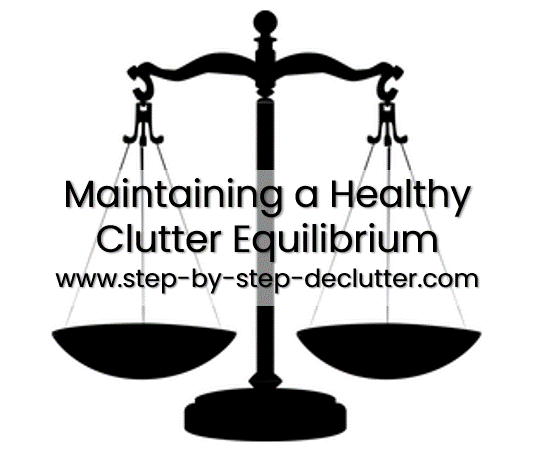









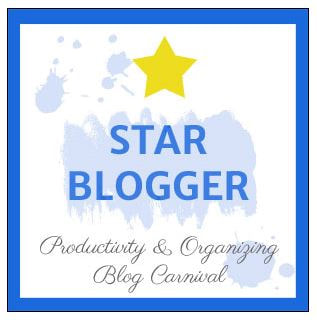
 RSS Feed
RSS Feed